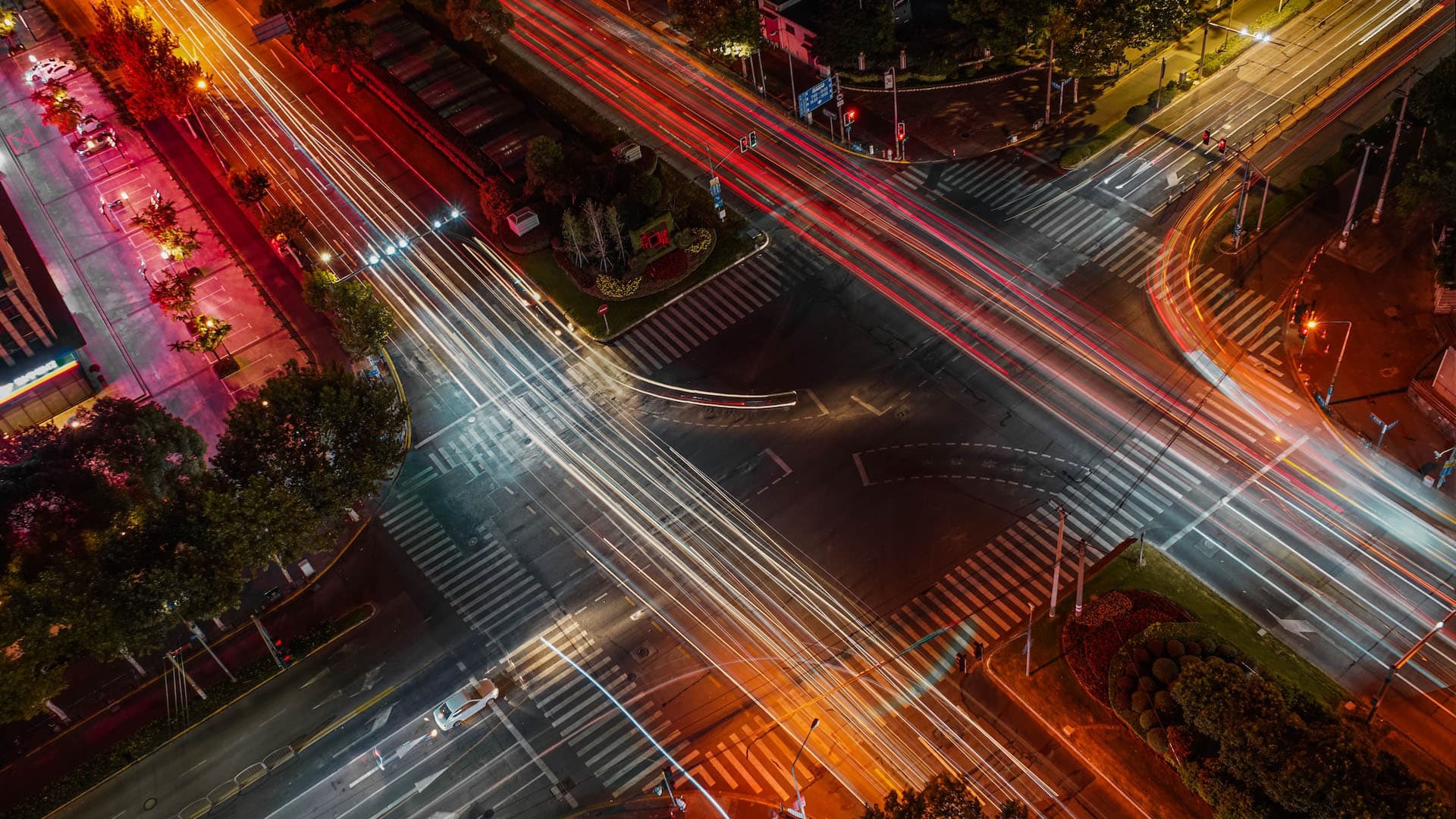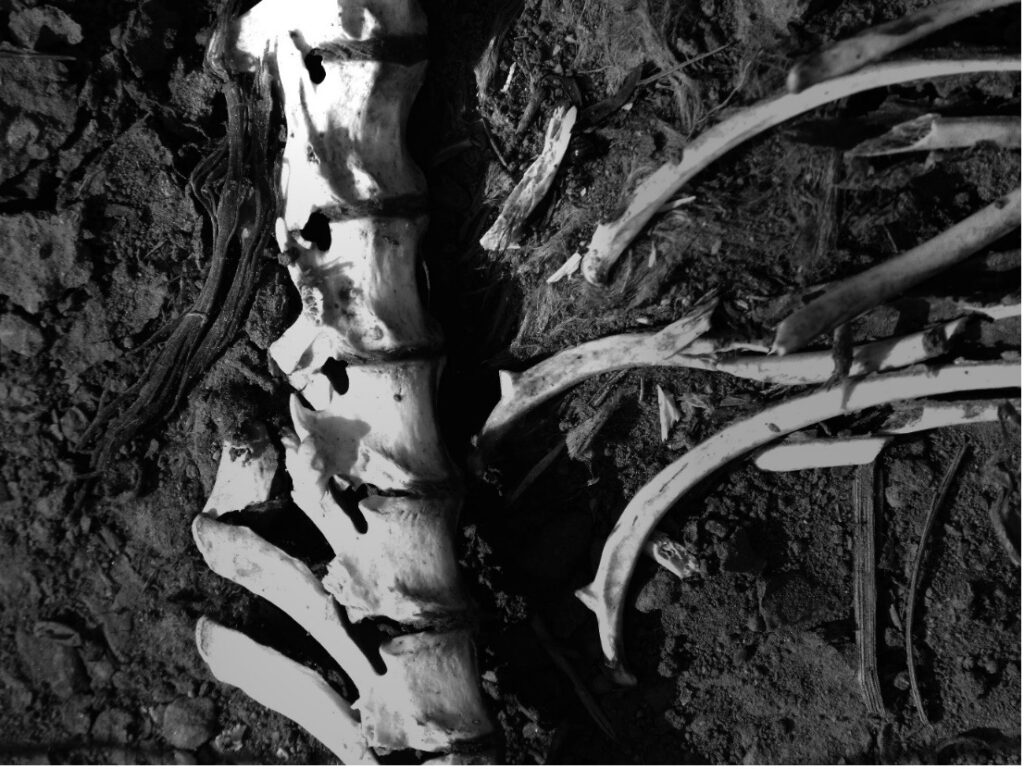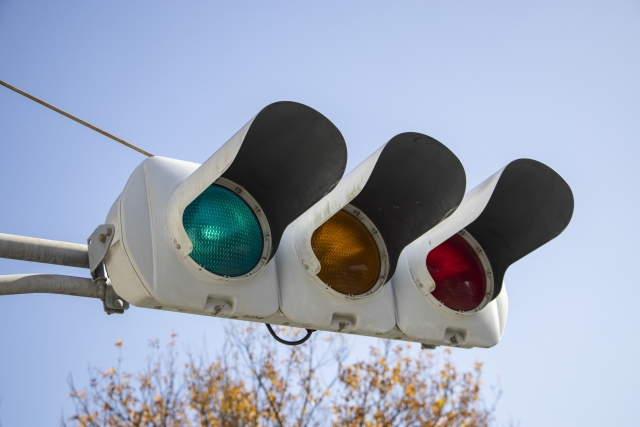
一般的な自動車用信号機には「赤・青・黄」の3色のライトが存在し、物心ついた頃には、赤は「止まれ」、青は「進んで良い」合図であることを教えられてきました。
そして、黄色は「注意して進め」と、運転免許取得時に教習所で教わったはずです。しかし信号機によって整理される交通事情にかかわる研究が進められており、こうした暗黙のルールが今後変わるかもしれません。
信号機に白を追加する
ノースカロライナ州立大学の研究チームは、自動運転車(AV車)が周囲の自動運転車や信号機の制御コンピューターと通信し、スムーズな交通を実現する「ホワイトフェーズ」という概念を提唱しています。
従来の3色の信号に加え、4番目の色に「白」を加えるアイデアです。このライトは「前の車に従う」という合図であり、交通の流れを効率的に調整し、最適な道路選択や走行速度を選択することを可能にするとみられています。
交通渋滞を緩和する
白の信号機の導入したシミュレーションによると、AV車の走行が10%を占めた場合、遅延は3%減少し、さらにAV車が30%を占めた場合、遅延は10.7%減少したことがわかっています。
以前から自動運転車は、無駄にブレーキを踏まない運転ができるため交通渋滞を減らす効果があるといわれてきましたが、白色の信号で車に指示することによって、その状況がさらに改善するとみられています。
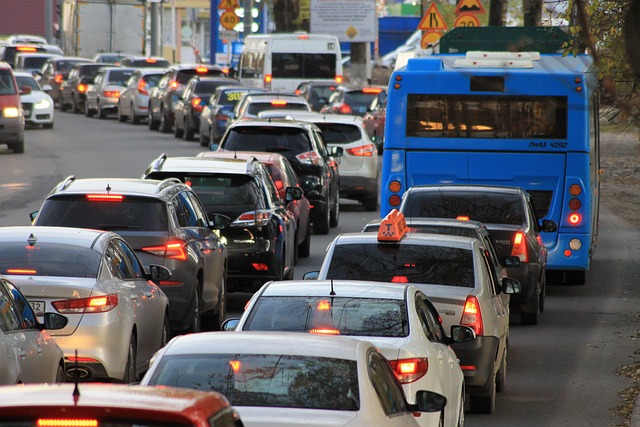
燃料消費量の減少にも貢献する
交通渋滞が起こりにくく、車の流れがスムーズになるということは、余計な停車・発進が減るため、燃料消費量も削減できるといいます。
白い信号が組み込まれた交差点の割合が高いほど、交差点を通過するスピードは速くなり、その速度を一定に保てることから、燃料消費量も減少したことが明らかになっています。
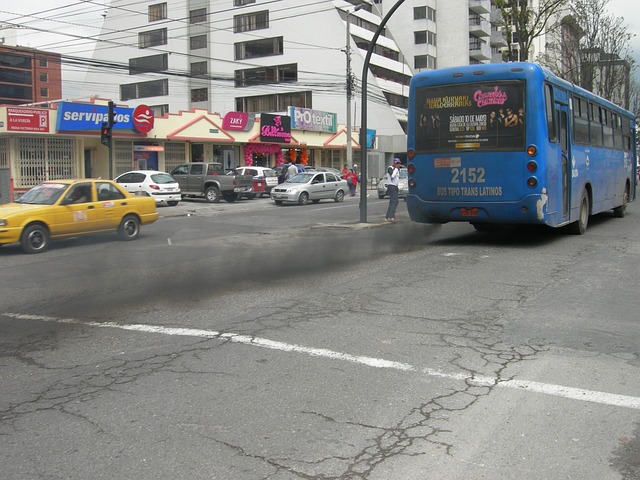
研究グループが提案する4つ目の信号は、交通量をコントロールする仕組みの実装はされておらず、さらに、ある程度の自動運転車の導入が前提であることから、信号機の刷新には長い時間と多額の費用がかかることが課題です。
しかし、あらかじめこうした想定をしておくことで、自動運転車が主流になった時、すぐに役に立つと期待が寄せられています。
参考サイト:
The new light would enable autonomous vehicles to help control traffic flow – and let human drivers know what’s going on.
This study presents a vehicle-level distributed coordination strategy to control a mixed traffic stream of connected automated vehicles (CAVs) and connected human-driven vehicles (CHVs) through signalized intersections. We use CAVs as mobile traffic controllers during a newly introduced “white phase”, during which CAVs will negotiate the right-of-way to lead a group of CHVs while CHVs must follow their immediate front vehicle. The white phase will not be activated under low CAV penetration rates, where vehicles must wait for green signals. We have formulated this problem as a distributed mixed-integer non-linear program and developed a methodology to form an agreement among all vehicles on their trajectories and signal timing parameters. The agreement on trajectories is reached through an iterative process, where CAVs update their trajectory based on shared trajectory of other vehicles to avoid collisions and share their trajectory with other vehicles. Additionally, the agreement on signal timing parameters is formed through a voting process where the most voted feasible signal timing parameters are selected. The numerical experiments indicate that the proposed methodology can efficiently control vehicle movements at signalized intersections under various CAV market shares. The introduced white phase reduces the total delay by 3.2% to 94.06% compared to cooperative trajectory and signal optimization under different CAV market shares in our tests. In addition, our numerical results show that the proposed technique yields reductions in total delay, ranging from 40.2% -98.9%, compared to those of a fully-actuated signal control obtained from a state-of-practice traffic signal optimization software.
In a hypothetical future where autonomous cars trundle up and down our busy roads, traffic lights might have a fourth color installed, one added for the benefit of those self-driving vehicles.
アメリカや中国を中心に開発が進む自動運転車は、安全な運転を可能にすることに加え、機械学習を活用することで道路の渋滞を軽減できるかもしれないという研究結果が発表されました。

